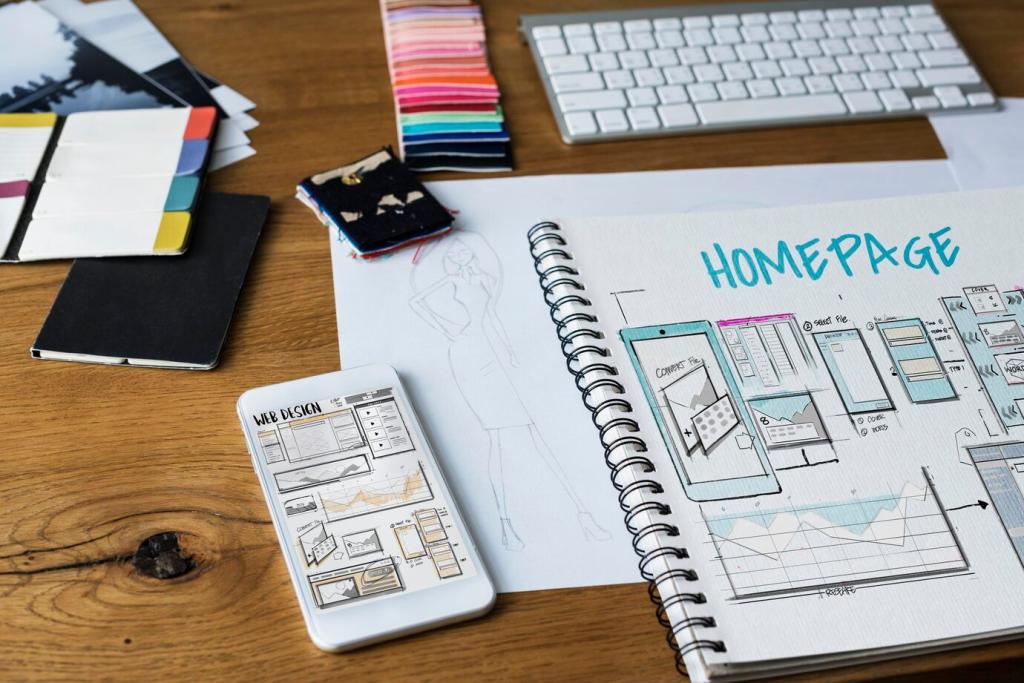Decode Search Intent for Interior Inspiration
Different queries signal different needs: mood board ideas, step-by-step how-tos, or shopping comparisons. Tailor posts to one intent each, link related pieces, and watch engagement rise because visitors instantly feel understood.
Decode Search Intent for Interior Inspiration
A renter with white walls searches differently than a new homeowner gut-renovating a kitchen. Map personas to query patterns and create content that meets them where they are, emotionally and practically, with reassuring clarity.
Decode Search Intent for Interior Inspiration
SERP features hint at intent: image packs suggest visual inspiration, FAQs signal questions, and shopping results indicate commercial interest. Mirror those formats in your post, then invite readers to request the next comparison.











